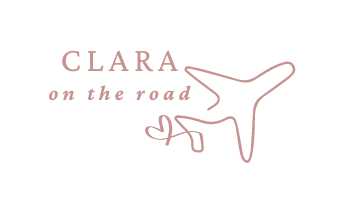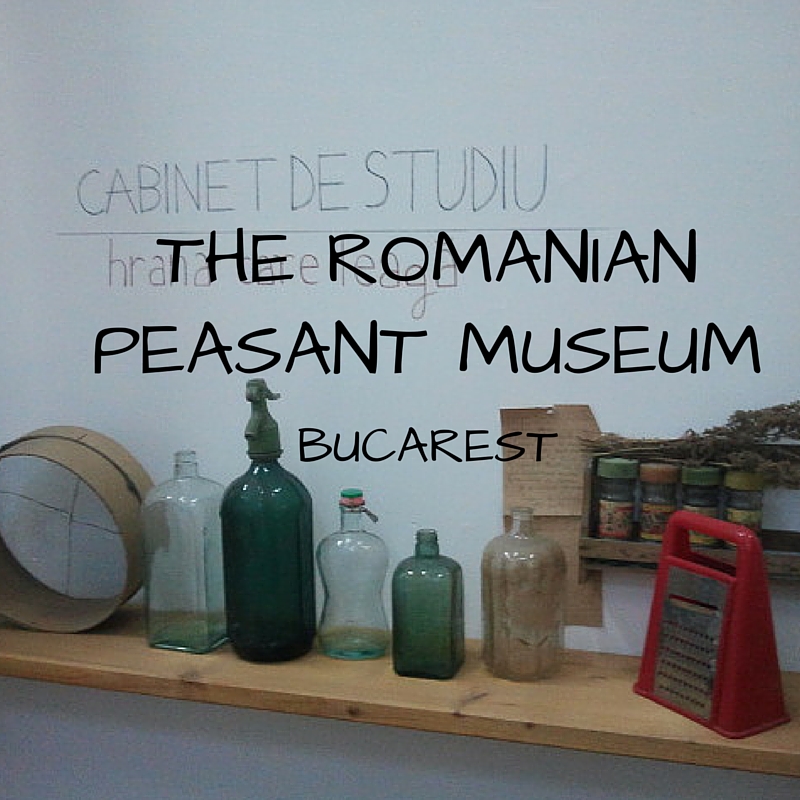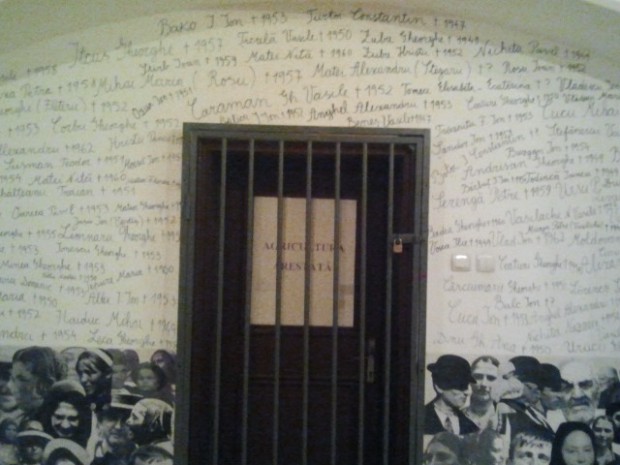If you’re planning a trip to Bucharest and you are wondering what to see in the city, the Romanian Peasant Museum is one of those destinations you should put on the “to do list” of your stay because, trust me, it’s worth a visit.
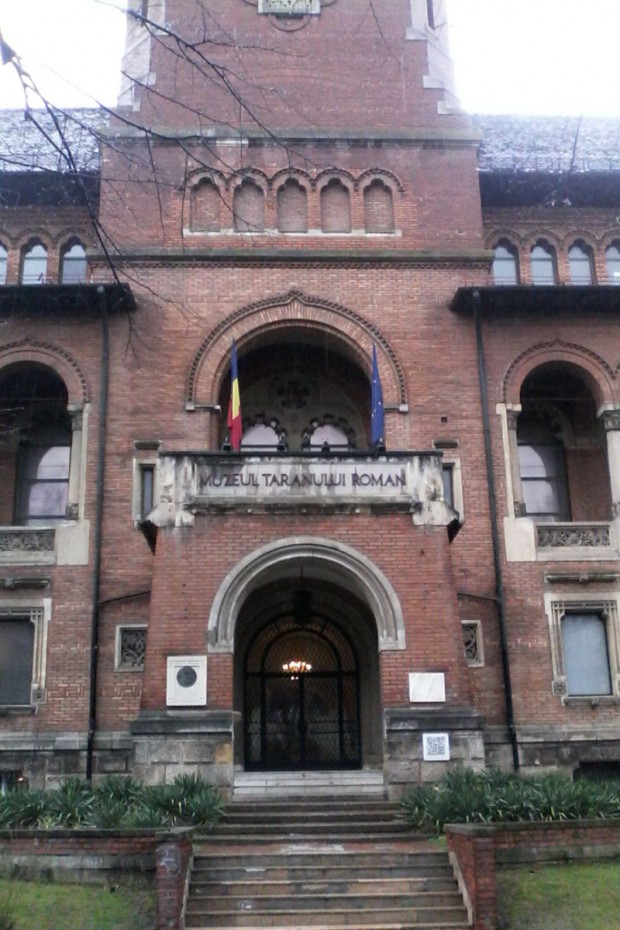 The building itself is very beautiful: built in 1941 after almost 30 years of work, is an example of Neo-Romanian architecture, with arches, large windows and a main tower that looks like the bell tower of an ancient monastery.
The building itself is very beautiful: built in 1941 after almost 30 years of work, is an example of Neo-Romanian architecture, with arches, large windows and a main tower that looks like the bell tower of an ancient monastery.
Once you are inside the museum, it is divided in different sections.
On the ground floor there is a side of the museum dedicated to the Tree of Crosses, a really existing tree in Ceplea village where tradition has it that when a person dies, a wooden cross is built and, 40 days after the funeral, it is hanging on this tree. This part of 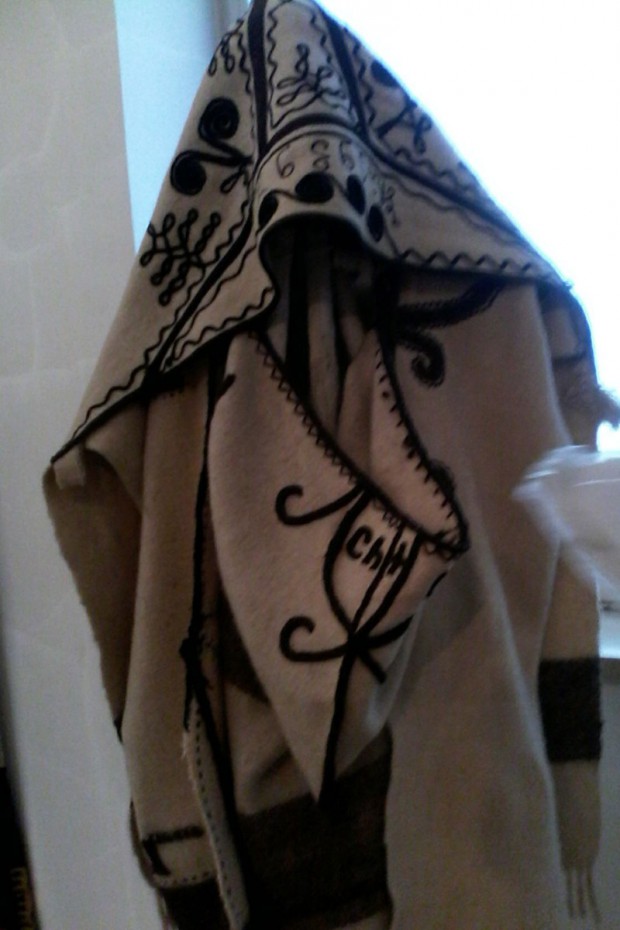 the museum features photographs and objects related to this tradition, including some wooden crosses. The theme of the crosses remains in the section dedicated to The power of the cross where the Troița is the main topic: an object of significant size, of wood or stone, traditionally considered the protector of the road, that is placed at intersections of streets in small Romanians countries. In this section you can also admire the original Troița of Burlusi, donated by the villagers to the museum which, in return, built a new one.
the museum features photographs and objects related to this tradition, including some wooden crosses. The theme of the crosses remains in the section dedicated to The power of the cross where the Troița is the main topic: an object of significant size, of wood or stone, traditionally considered the protector of the road, that is placed at intersections of streets in small Romanians countries. In this section you can also admire the original Troița of Burlusi, donated by the villagers to the museum which, in return, built a new one.
Continuing the visit in the Romanian Peasant Museum, you will find a section with the famous decorated eggs, a sign of rebirth and continuity, and wooden icons (including an attempt to show that, whenever they were painted or whatever technique might have been used, the face of the the Saviour, of the Holy Mother and of St. Nicolae and Ioan were always the same).
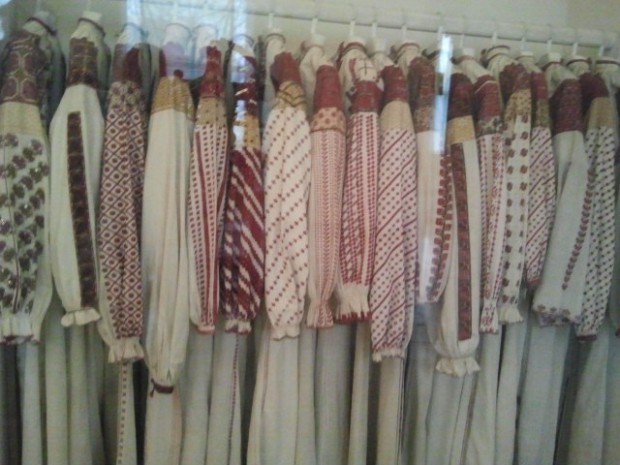 Upstairs there is a big exhibition of objects belonging to the rural life, from clothing to kitchen utensils, and in a room there is even a reproduction of a typical house of a Romanian peasant, in its original size.
Upstairs there is a big exhibition of objects belonging to the rural life, from clothing to kitchen utensils, and in a room there is even a reproduction of a typical house of a Romanian peasant, in its original size.
In the basement there is a permanent exhibition on communism: portraits, busts, flags, emblems and newspaper articles. The only place in town where you can admire a portrait of Nicolae Ceaușescu.
The museum, as a whole, is very interesting: an immersion in the most ancient traditions of rural life in Romania, offering visitors a wide range of objects, photographs, reproductions and interesting tidbits.
I suggest you to spend a couple of hours to visit this museum: it’s worth!
USEFUL INFORMATIONS:
Romanian Peasant Museum (Muzeul Național al Țăranului Român)
Address: Șoseaua Pavel Dimitrievici Kiseleff 3, București 011341, Romania
Opening times: from tuesday to sunday 10 am -6 pm. Closed on monday.
Tel:+40 21 317 9661
email: info@muzeultaranuluiroman.ro
Website: www.muzeultaranuluiroman.ro
Admission: 8 lei
Children and students – 2 lei
Elderly – 4 lei
Cost:
Audio guide (in Romanian, French, English, German) – 12 lei
Photo (unprofessional) – 60 lei
Photo (professional) – 180 lei
